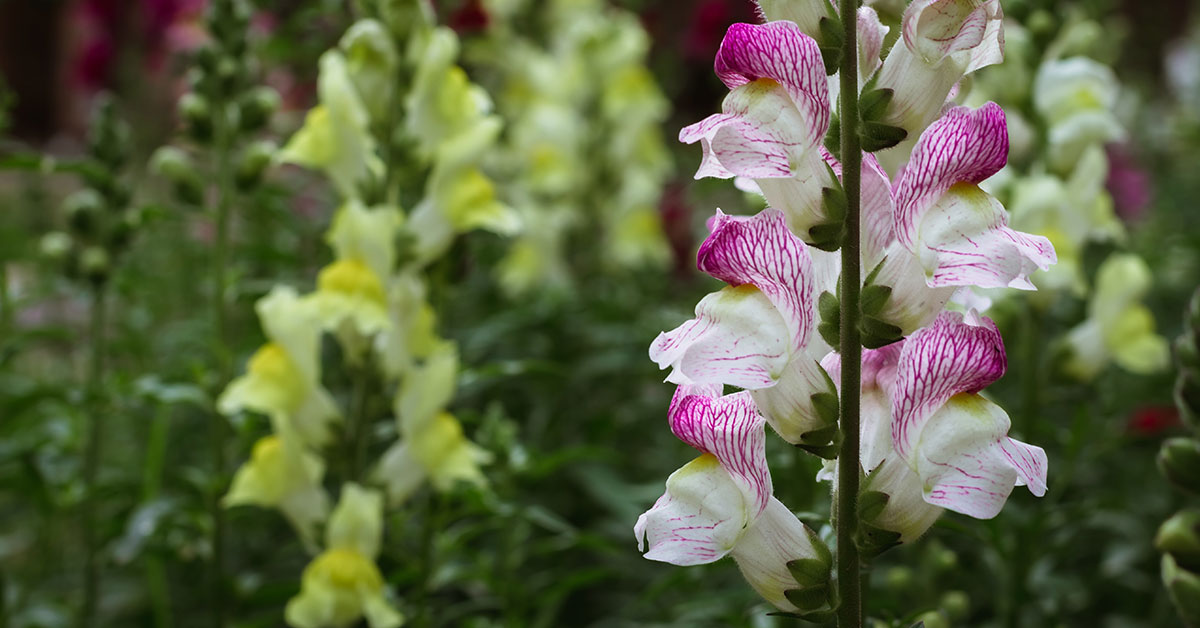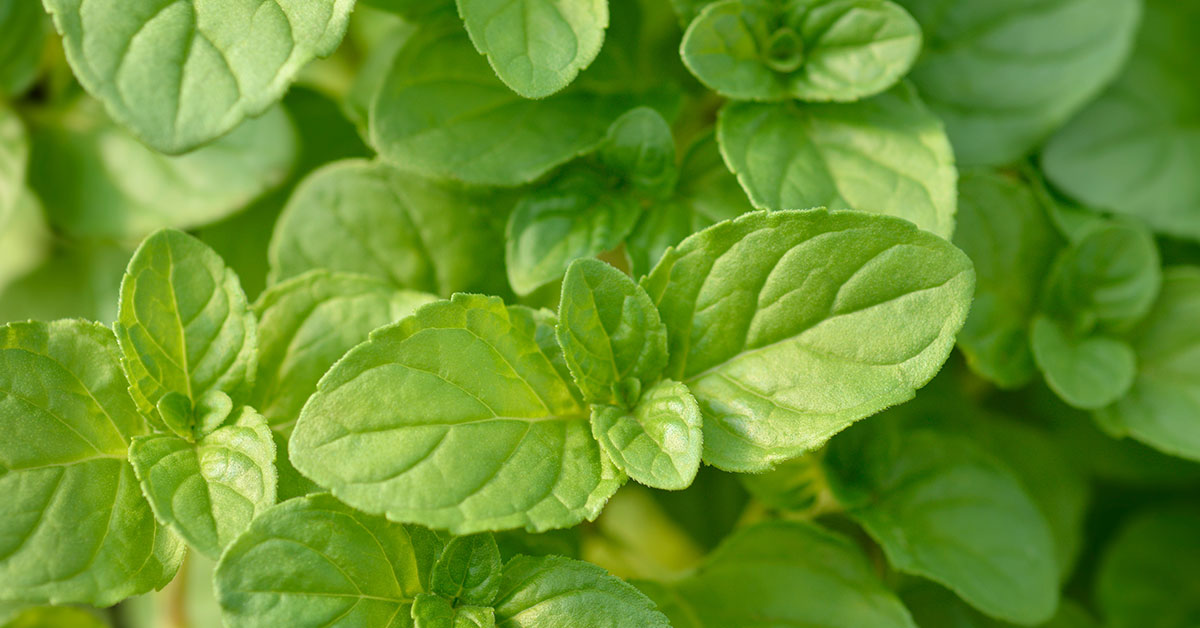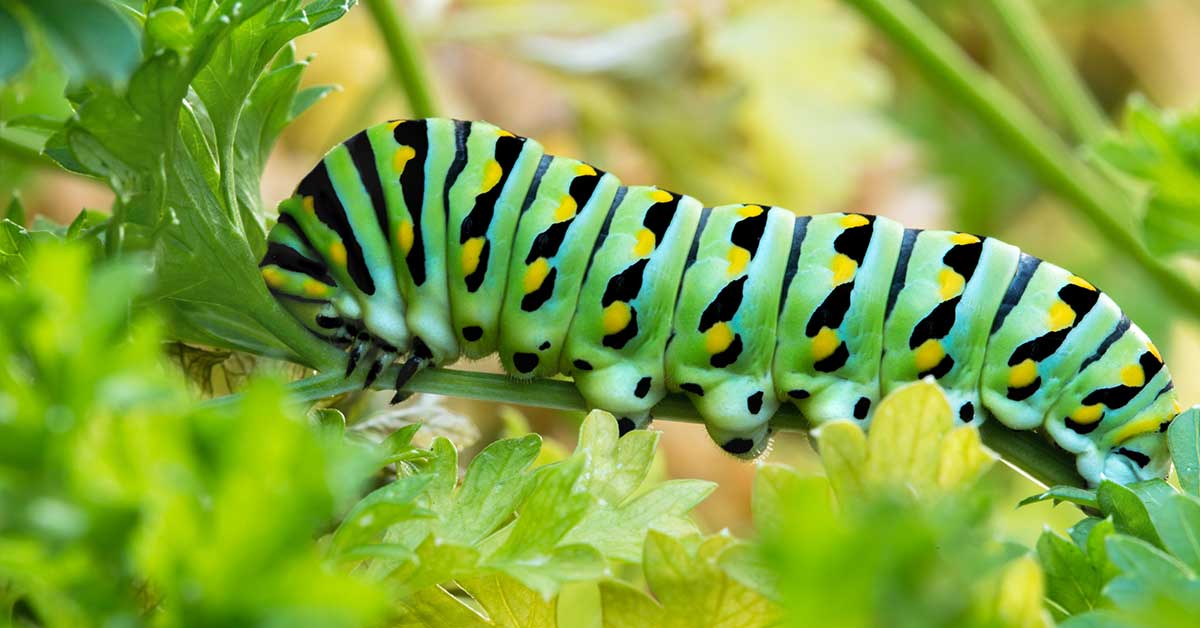Snapdragons, with their vibrant colors and unique shape, are a popular choice for many gardeners looking to add a touch of elegance to their outdoor spaces. To ensure these stunning flowers reach their full potential, it is crucial to provide them with the right nutrients. Choosing the best fertilizer for snapdragons can make a significant difference in their growth, health, and overall beauty.
In this article, we will explore various types of fertilizers and their specific benefits for snapdragons, helping you make an informed decision on the ideal fertilizer to enhance the growth and vibrancy of these delightful blooms. Whether you are a seasoned gardener or a beginner, this guide will equip you with the knowledge needed to keep your snapdragons thriving and flourishing throughout the growing season.
Do Snapdragons need to be fertilized?
Snapdragons plants can benefit from fertilization for optimal growth. They are heavy feeders and require regular fertilization to ensure healthy foliage and abundant blooms. Providing the right nutrients will promote strong root development, vibrant flowers, and overall plant vigor.
The best fertilizer for Snapdragons
For growing Snapdragons, a balanced fertilizer with a ratio of 10-10-10 or 14-14-14 is generally recommended. This means the fertilizer contains equal amounts of nitrogen (N), phosphorus (P), and potassium (K). This balanced ratio provides essential nutrients for overall plant growth, root development, and flower production.
In addition to the NPK ratio, it’s also beneficial to choose a fertilizer that contains micronutrients like iron, manganese, zinc, and copper. These micronutrients are necessary for healthy plant growth and can be included in a complete fertilizer or added separately.
When applying fertilizer to Snapdragons, it’s important to follow the instructions on the package and avoid over-fertilizing, as this can lead to excessive foliage growth at the expense of flower production. It’s generally recommended to fertilize Snapdragons every 4-6 weeks during the growing season, starting from early spring until late summer or early fall.
When to fertilize Snapdragons
The ideal time to fertilize Snapdragons plants is before planting them in the soil or during their active growing season. Snapdragons are typically planted in early spring or fall, depending on your climate. Before planting, you can incorporate a balanced slow-release fertilizer into the soil to provide nutrients for the plants as they establish their roots.
During the active growing season, which is typically spring and summer, you can apply a balanced liquid fertilizer every 4-6 weeks to promote healthy growth and abundant flowering. Be sure to follow the instructions on the fertilizer packaging for the correct dosage and application method.
It’s important to note that over-fertilizing Snapdragons can lead to excessive foliage growth at the expense of flower production. Therefore, it’s crucial to use fertilizers in moderation and avoid applying them too close to the end of the growing season, as this can interfere with the plant’s natural dormancy period.
Common issues with fertilizing Snapdragons
When fertilizing Snapdragons, there are a few common issues or problems that can arise:
- Over-fertilization: Applying too much fertilizer can lead to excessive growth, weak stems, and an increased susceptibility to diseases and pests. It can also cause the plant to produce more foliage than flowers.
- Under-fertilization: Insufficient fertilization can result in stunted growth, pale or yellow leaves, and reduced flower production. The plant may also become more susceptible to diseases and pests due to weakened defenses.
- Improper nutrient balance: Snapdragons require a balanced fertilizer with a ratio of nitrogen (N), phosphorus (P), and potassium (K). If the nutrient balance is not appropriate, it can affect the plant’s overall health and flowering. For instance, excessive nitrogen can promote leafy growth at the expense of flowers.
- Timing of fertilization: Applying fertilizer at the wrong time can lead to suboptimal results. It’s essential to fertilize Snapdragons during their active growth phase, typically in early spring or late summer. Fertilizing too late in the season may encourage new growth that is susceptible to frost damage.
- Incorrect application method: Applying fertilizer too close to the plant’s stem or foliage can cause burning or scorching. It’s crucial to follow the instructions on the fertilizer packaging and apply it evenly around the plant’s root zone, avoiding direct contact with the plant.
- Lack of soil preparation: Before fertilizing Snapdragons, it’s essential to ensure the soil is well-prepared. Poor soil quality, such as compacted or poorly drained soil, can hinder nutrient uptake even with proper fertilization.
To avoid these issues, it’s recommended to conduct a soil test to determine the nutrient requirements of your Snapdragons. This will help you choose the right fertilizer and apply it at the correct rate and timing. Additionally, following the instructions provided by the fertilizer manufacturer and maintaining good gardening practices, such as proper watering and regular monitoring, will help ensure healthy and vibrant Snapdragons.













